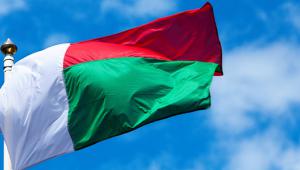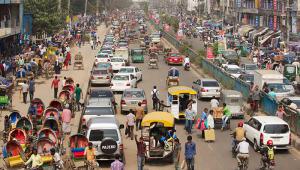However, the Washington-based organisation believes there is likely to be a period of more modest growth ahead – forecasting a performance of 1.2% this year and 1.8% in 2020–21.
The bank points to opportunities to boost levels of formal employment in a country where between 15% and 21% of all jobs are thought to be informal.
In their latest Russia Economic Report, World Bank economists say one-off energy construction projects in the Tyumen region combined with favourable global growth, higher oil prices and Russia’s hosting of the FIFA World Cup, accelerated GDP growth to 2.3% in 2018 from 1.6% in 2017.
However, in the first quarter of 2019, GDP growth slowed because of a VAT rate increase, relatively tight monetary policy, and a slowdown in oil production – and is now running at about 1.5%.
The World Bank says ample international reserves, low external debt, and a flexible exchange rate have helped Russia limit its exposure to external volatility and absorb external shocks, reinforced by a new fiscal rule ushering in a stronger non-oil/gas current account.
Nonetheless, difficult external financial conditions for emerging markets and growing geopolitical tensions increased capital outflows to $ 67.8bn (about 4.1% of GDP) in 2018, pushing down the real effective exchange rate of 7.7%.
Higher oil prices, combined with a weaker rouble, better tax administration, and a conservative fiscal policy further improved fiscal balances.
“Russia’s macro-fiscal buffers remain strong, with low public and external debt levels, and fiscal surpluses across all tiers of government,” said Apurva Sanghi, World Bank lead economist for Russia, and the main author of the report.
“This stands in contrast to high and rising public debt levels and narrowing fiscal space in most emerging markets and developing economies.”
Despite recent bailouts, Russia’s banking sector remains relatively weak, with a lower capital adequacy ratio and a higher ratio of non-performing loans than in other emerging markets, although the state continues to dominate the sector.
While unemployment declined in the first quarter of 2019 to 4.8%, the World Bank recommends action to tackle a “pervasive” lack of formal employment, which comes at a fiscal loss of between 1% and 2.3% of GDP.
Bank economists recommend more flexible labour laws, a stronger social safety net, and a more mobile workforce.














